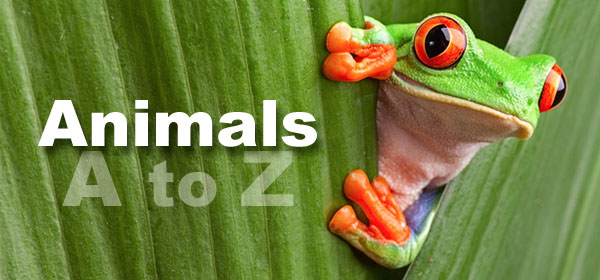We’re home to two little families of glorious Goeldi’s monkeys, and I’d love to introduce you to them!
Family One
Housed upstairs in the Chimp House (next to the sloth enclosure).
Maggie is the matriarch of the group and the oldest at 23 years old. In the wild, Goeldi monkeys have a life expectancy of around 10 years, but in captivity, they can live up to 20 — so our Maggie is doing incredibly well for her age!
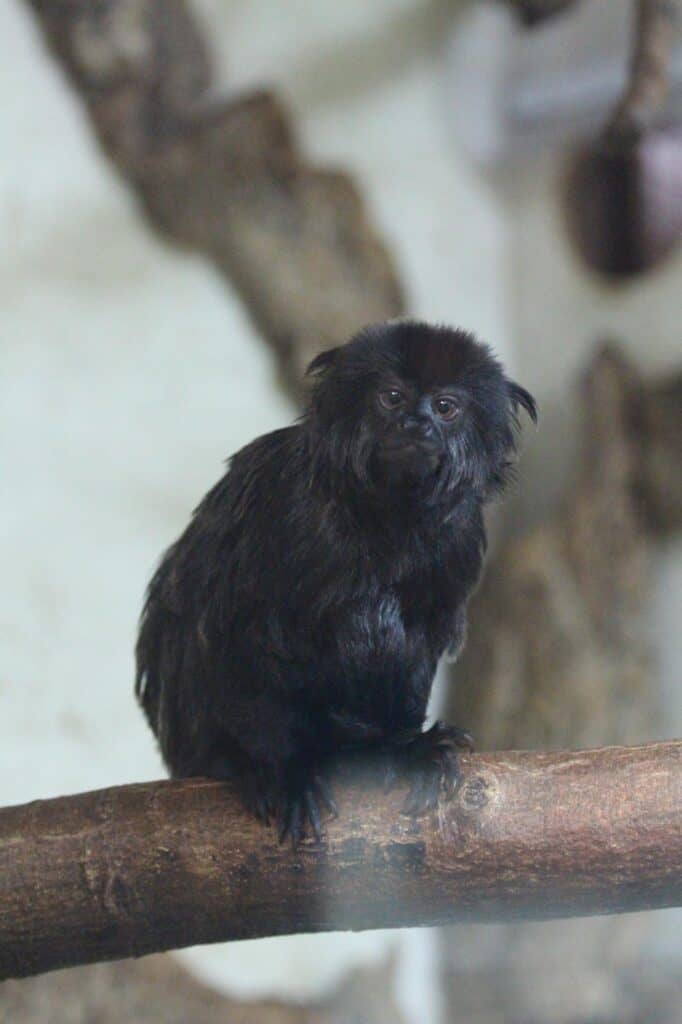
Goeldi’s monkeys scent-mark their tails by coiling them between the hind limbs and rubbing them against the genitals and the sternal scent gland. They have seven different types of vocalisations, including a shrill long-distance call. Though they may be small, they have a lot to say, and they say it loudly!
Goeldi’s monkeys also display a behaviour known as “arch-bristle-leap,” used to mob ground predators in the wild, or even directed at keepers and visitors in captivity, luckily our families are pretty chilled with us and we’ve never been ‘mobbed’.
Bart, nearly 18, is full of character. In the wild, Goeldi’s monkeys eat a varied diet of fruit, tree gums, small vertebrates, and arthropods. During the dry season, fungi can make up around 68% of their diet. Bart is definitely the fun-guy of the group (sorry, we couldn’t resist a fungi pun!).
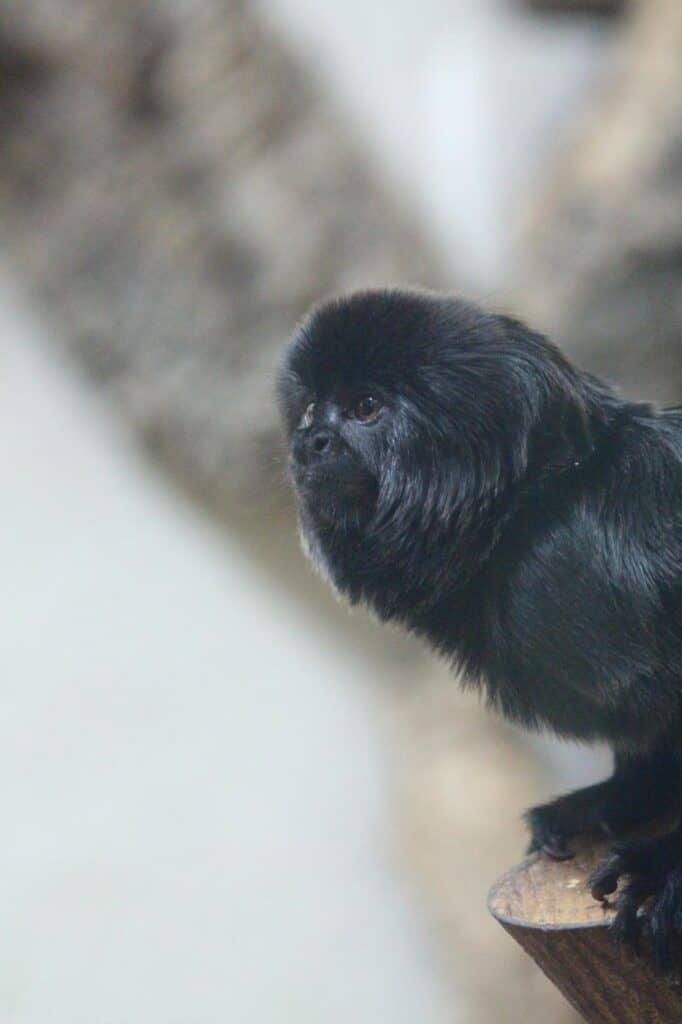
Lisa, at 16, rounds out this lively trio. Goeldi’s monkeys (Callimico goeldii) are part of the Callitrichidae family and are native to the upper Amazon rainforest of South America, found in southern Colombia, eastern Peru, western Brazil, and northern Bolivia.

Family Two
Housed next to the budgies.
This family is made up of Ebony, Eugene and little Eddie. Ebony gave birth to Eddie last October and has been a fantastic mum. When you’re next in the park, take a close look, you might spot another new addition to the family riding on her back!

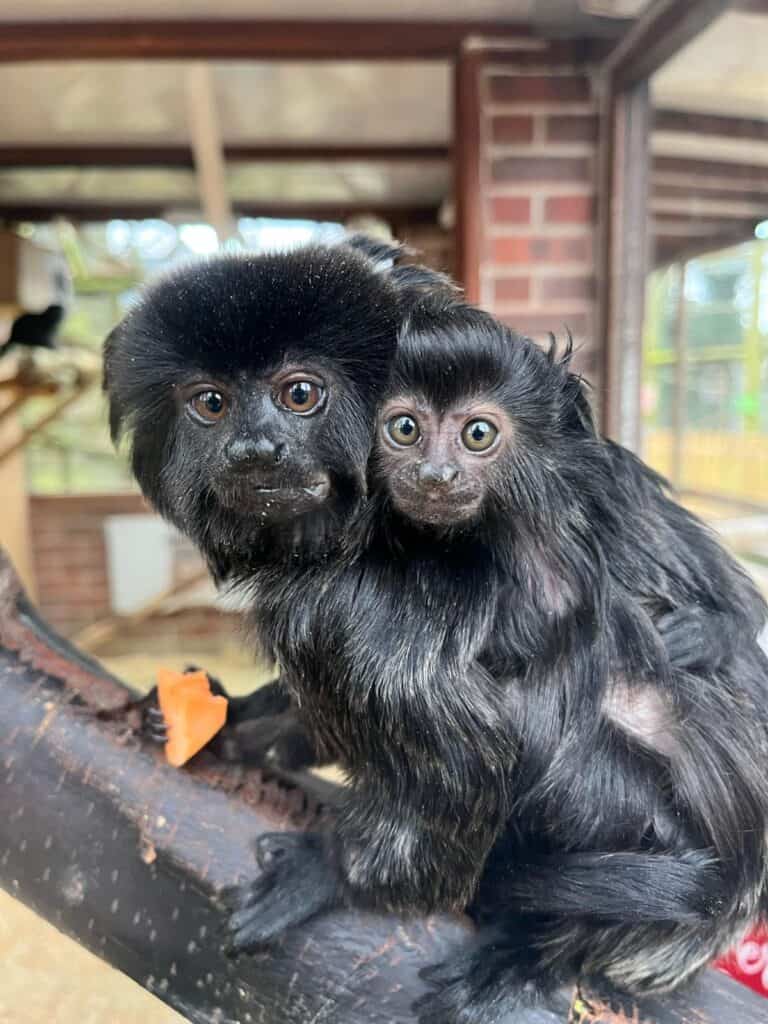
Goeldi’s monkeys usually give birth to a single baby after a gestation period of around 155 days. In the early weeks, the baby stays exclusively with Mum. Later, Dad and older siblings help with care and rearing. Groups usually range from 2 to 11 individuals, often made up of a breeding pair and their young.
Conservation Status: Endangered
Goeldi’s monkeys are currently classified as Endangered on the IUCN Red List. Their populations are declining due to two major threats:
1. Habitat loss from deforestation
Goeldi’s monkeys rely on the dense, humid understory of the Amazon rainforest for shelter, food, and safety. But their habitat is disappearing fast due to:
- Logging: The removal of mature trees reduces canopy cover and destroys the delicate understory environment Goeldi monkeys need.
- Agriculture and Cattle Farming: Vast areas are cleared for soybean crops and grazing land, fragmenting forests and isolating monkey populations.
- Oil and Gas Exploration: Infrastructure such as roads and pipelines brings noise, pollution, and human activity deeper into the forest, disturbing natural habitats.
Habitat fragmentation forces Goeldi’s monkeys into smaller, more isolated forest patches, making it harder for them to find food, mates, and shelter — and increasing their vulnerability to predators.
2. Predation by Natural Predators
In the wild, Goeldi’s monkeys face several natural threats:
- Bush dogs and pumas may attack when monkeys descend to forage or move along lower branches.
- Large snakes like boa constrictors and tree-dwelling vipers especially target younger individuals.
- Birds of prey such as eagles and hawks pose a danger from above, especially in areas with reduced canopy cover caused by deforestation.
While predation is a natural part of the ecosystem, these threats are worsened by habitat loss, which leaves monkeys more exposed and with fewer escape routes.
The Role of Goeldi’s Monkeys in the Ecosystem
Goeldi’s monkeys are more than just cute, they are essential to rainforest health. As they move through the forest foraging for fruit, fungi, and insects, they also help disperse seeds.
Seeds pass through their digestive systems and are deposited in new locations, far from the parent plant. This natural process:
- Promotes plant diversity
- Supports forest regeneration
- Maintains the balance of the ecosystem
By simply living their lives, Goeldi’s monkeys help grow the next generation of rainforest, making them a small but powerful part of the Amazon’s incredible biodiversity.
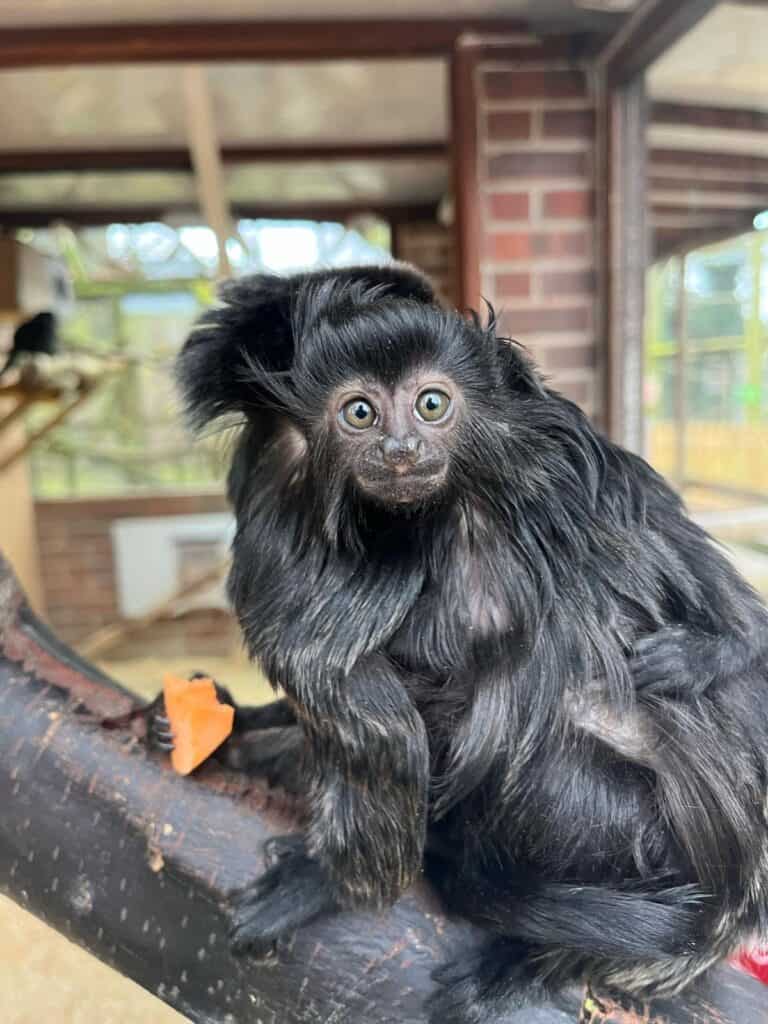

All photos were taken by Holly, Deputy Head of Primates.
Blog by Jess, Deputy Head of Primates.
